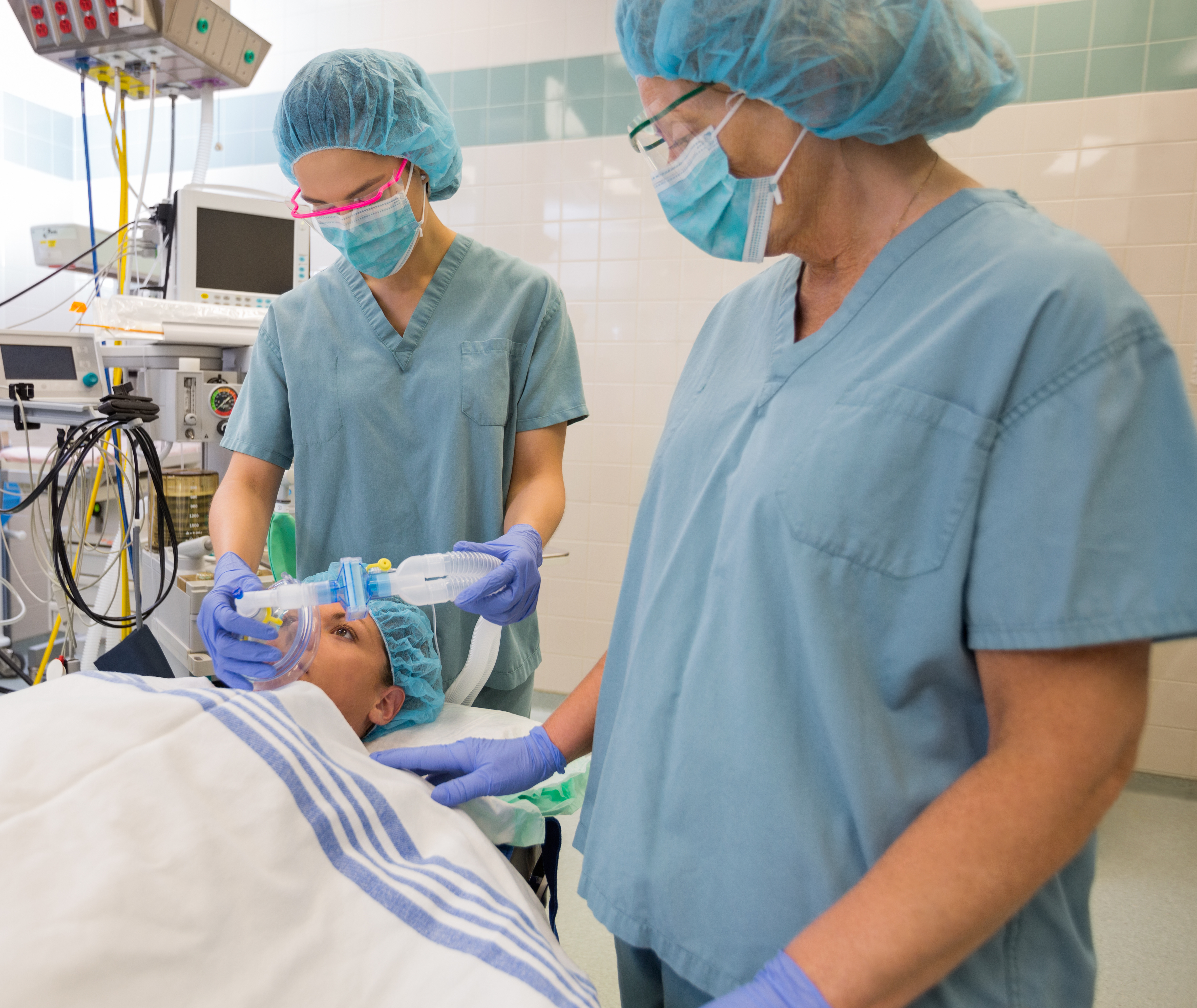Within the healthcare industry today, there are countless different types of careers to consider pursuing. Whether you want to become a doctor, a nurse, or any allied health professional there is a lot to choose from. However, one potential career choice that you may not have thought of is the nurse anesthetist. While there are countless reasons to pursue this profession, there are two questions you should ask first. What is a CRNA nurse? Additionally, you will want to know how to become a CRNA nurse. Ready to consider this profession? Explore these two questions below!
A Brief CRNA Overview

What is a CRNA Nurse?
As we mentioned above, a CRNA nurse is a nurse anesthetist. CRNA stands for certified registered nurse anesthetist. As the title suggests, these nurses are registered and further certified in the specialty of anesthesia by the National Board of Certification & Recertification of Nurse Anesthetists (NBCRNA). These nurses are one of four categories of advanced practice registered nurses (APRN) meaning that, though they begin as an RN, CRNAs must complete advanced educational credentials and considerable clinical training. But, more on that later! For the time being, let’s talk more about what CRNA nurses do.
So, putting aside how to become a CRNA nurse for now, what do nurse anesthetists do? Well, according to Nurse.org, CRNA nurse have five primary roles: care in the operating room, services for outpatient procedures, care in the emergency room, managing pain, administration of epidurals. Essentially, these nurses are integral to ensuring that patients experience as little pain as possible during medical procedures. CRNA nurses can work in hospitals, outpatient surgery centers, plastic surgery centers, dental offices, pain management centers, and public health centers. Sounds pretty cool right? After all, you could help patients have a positive healthcare experience all while earning a very respectable salary. Nurse anesthetists earn a median annual salary of more than $165,000.
How to Become a CRNA Nurse?
Let’s move on to the question of how to become a CRNA nurse. It is worth noting that you first have to become a registered nurse (RN). While there are a number of ways to become an RN, one possible path is to complete a bachelor’s of science degree in nursing and subsequently taking the NCLEX. However you choose to become an RN, you will generally need at least one year of experience before you pursue a nurse anesthesia program. In the United States, there are approximately 113 accredited nurse anesthesia programs. In order to become a CRNA, you will need to gain admission to and graduate from one of these programs. After this, the only thing left is the certification exam. This is the certification exam by the NBCRNA that is mentioned above.
While this is obviously a fairly simplified version of how to become a CRNA nurse, it is a good overview. However, each step in the process does require a lot of hard work and dedication. For example, the NBCRNA certification exam is a computer adaptive test of 100-170 questions. It is by no means easy, but we’re confident that you have what it takes to pass! Plus, even though you only need one year of experience as an RN, the average length of experience is 2.9 years. Regardless, in order to become a CRNA, you’ll have to follow the steps discussed above. Eventually, you’ll be ready to start your exciting career as a nurse anesthetist!
At the end of the day, nurse anesthetists are extremely important members of the healthcare community. Now that you know how to become a CRNA nurse, what kind of jobs are available for nurse anesthetists? Well, you’re in luck! We have hundreds of CRNA nurse jobs available right here at LocumJobsOnline.com! Does this seem like an exciting career opportunity to you? Let us know in the comments below! We look forward to hearing from you.
